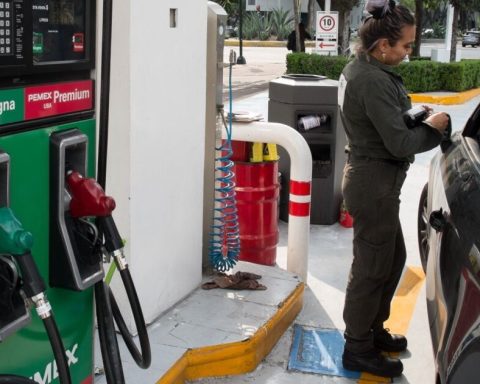Santiago de Chile, Aug 13 (EFE).- The Economic Commission for Latin America and the Caribbean (ECLAC) revised downwards its growth forecast for the region this year on Tuesday and set it at 1.8%, three-tenths less than the 2.1% forecast last May.
By 2025, the agency of the UN, Santiago-based company expects regional growth of 2.5%, driven primarily by South American countries, according to the report. ‘Economic Survey of Latin America and the Caribbean 2024: Low-growth trap, climate change and employment dynamics’, published this Tuesday.
The report states that the region “remains stuck in a low-growth trap, accompanied by poor investment performance and low labor productivity, coupled with limited internal space to implement macroeconomic recovery policies and global uncertainty.”
Between 2015 and 2024, the average regional gross domestic product (GDP) growth rate was 0.9%, according to the report.
«Confronting the growth trap, increasing employment and creating more productive jobs requires strengthening productive development policies that are complemented by macroeconomic, labor, and adaptation and mitigation policies. “climate change” said in the presentation the executive secretary of ECLAC, José Manuel Salazar-Xirinachs.
DR in the lead and Argentina in the tail
Dominican Republic (5.2%), Venezuela (5%), Costa Rica (4%), Paraguay (3.8%), Honduras (3.8%), Nicaragua (3.7%), Uruguay (3.6%), El Salvador (3.5%) and Guatemala (3.4%) will lead economic growth this year.
In the middle of the table are Panama (2.7%), Peru (2.6%), Chile (2.6%), the Caribbean islands -not counting Guyana- (2.3%), Brazil (2.3%), Mexico (1.9%), Ecuador (1.8%) and Bolivia (1.7%).
At the bottom of the list, but still with positive figures, are Colombia (1.3%) and Cuba (0.5%), while Haiti (-3%) and Argentina (-3.6%) are the only ones that will decrease this year, according to the United Nations agency.
Latin America, the most unequal region in the world, grew by 6.9% in 2021, rebounding from the pandemic, but in 2022 it slowed down to 3.7% and in 2023 it closed with a growth of 2.2%.

















